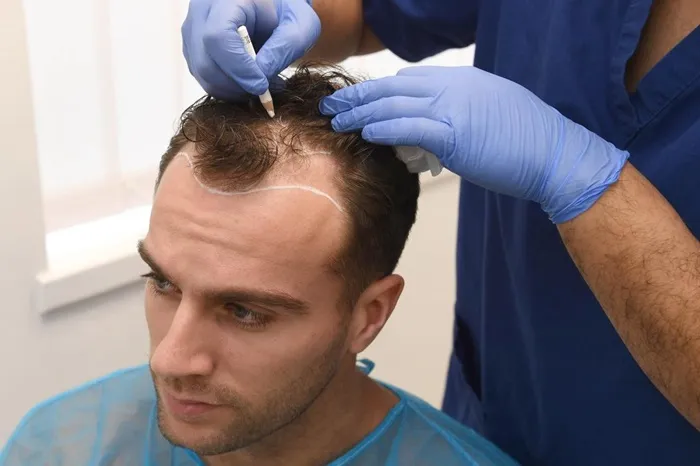Hair loss is a common issue that affects millions of people worldwide. Over the years, various treatments have been developed to address this problem, one of which is hair plugs. Hair plugs were one of the earliest methods of hair transplantation, but they have largely been replaced by more advanced techniques.
In this article, we will explore the cost of hair plugs, the factors that influence the price, and how they compare to modern hair transplant methods. By the end, you’ll have a clear understanding of whether hair plugs are the right choice for you.
What Are Hair Plugs?
Hair plugs are small sections of hair-bearing skin that are removed from a donor area (usually the back or sides of the scalp) and transplanted to the balding or thinning areas. Each plug typically contains 10 to 20 hair follicles. The goal of hair plugs is to create a natural-looking hairline and restore hair density.
Hair plugs were one of the first methods of hair transplantation and were widely used in the mid-20th century. However, they have largely been replaced by more advanced techniques, such as Follicular Unit Transplantation (FUT) and Follicular Unit Extraction (FUE), which offer more natural-looking results.
How Much Do Hair Plugs Cost?
The cost of hair plugs varies depending on several factors, including the number of plugs needed, the surgeon’s experience, and the geographic location. Here’s a breakdown of the average costs:
Number of Plugs Needed
- Small Area (e.g., hairline): 50 to 100 plugs (1,000to2,000)
- Medium Area (e.g., crown): 100 to 200 plugs (2,000to4,000)
- Large Area (e.g., full head): 200 to 400 plugs (4,000to8,000)
Surgeon’s Experience
- Experienced Surgeons: More experienced surgeons may charge higher fees for hair plug transplantation.
- Less Experienced Surgeons: Less experienced surgeons may offer lower prices, but the quality of the results may not be as good.
Geographic Location
- United States: 1,000to8,000
- Europe: 800to6,000
- Asia (e.g., Philippines, India): 500to4,000
Clinic Facilities
- High-End Clinics: High-end clinics with state-of-the-art equipment and luxurious facilities may charge more for their services.
- Standard Clinics: Standard clinics may offer more affordable prices, but the quality of care may vary.
Factors That Affect the Cost of Hair Plugs
The cost of hair plugs depends on several factors. Here are the main ones:
Number of Plugs Needed
The number of plugs you need depends on the extent of your hair loss and the desired density. More plugs mean a higher cost.
Surgeon’s Experience
Highly experienced surgeons with a good reputation often charge more for their services. While it may be tempting to choose a cheaper option, it’s important to prioritize quality and safety.
Geographic Location
The cost of hair plugs varies depending on where you live. Procedures in major cities or countries with high living costs are generally more expensive.
Clinic Facilities
High-end clinics with state-of-the-art equipment and luxurious facilities may charge more for their services. However, these clinics often provide a better overall experience and higher success rates.
Additional Costs
There may be additional costs associated with hair plugs, such as:
- Consultation Fees: 100to300
- Medications: 200to500
- Follow-Up Visits: 100to500
- Travel and Accommodation: 500to2,000 (if traveling abroad)
Conclusion
Hair plugs were one of the earliest methods of hair transplantation, but they have largely been replaced by more advanced techniques, such as FUT and FUE. While hair plugs provide permanent results and immediate coverage, their unnatural appearance and significant scarring have led to their decline in popularity.
Modern hair transplant methods offer more natural-looking results, minimal scarring, and faster recovery times. If you’re considering a hair transplant, it’s important to choose a reputable clinic and surgeon who can assess your needs and recommend the best treatment option for you.
By understanding the pros and cons of hair plugs and modern hair transplant methods, you can make an informed decision about the best way to restore your hair and boost your confidence. Remember, a successful hair transplant is not just about restoring your hair—it’s about restoring your confidence and quality of life.
Related topics:
How to Grow Back Your Hairline?
Can Artificial Hair Be Implanted?
What’ the Difference Between FUT and FUE?


